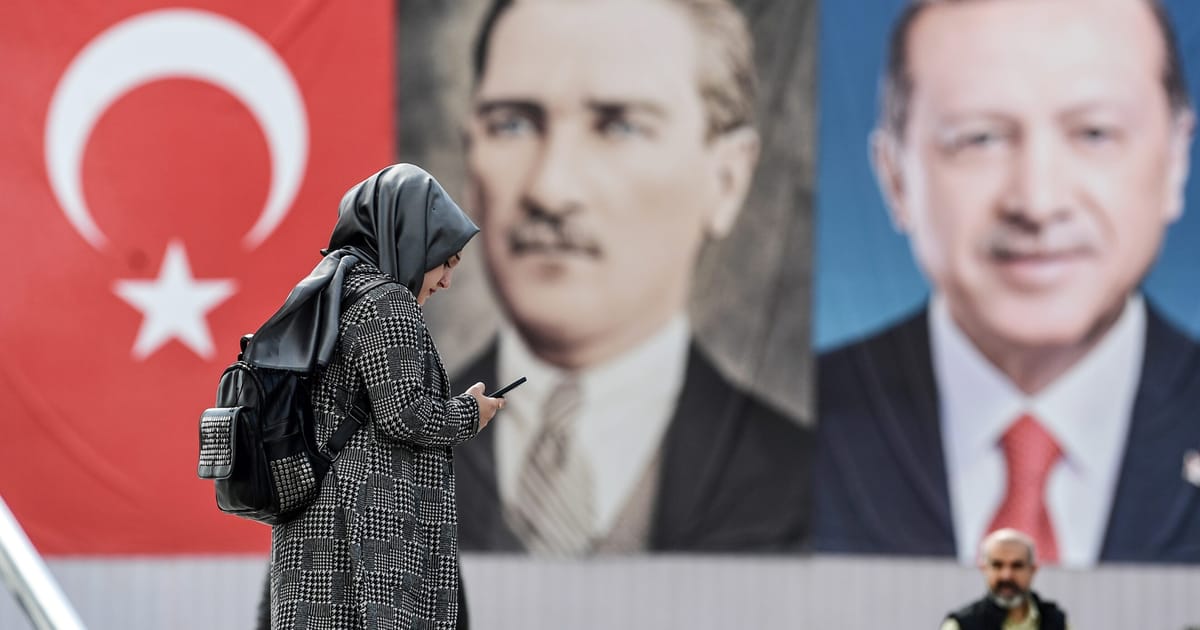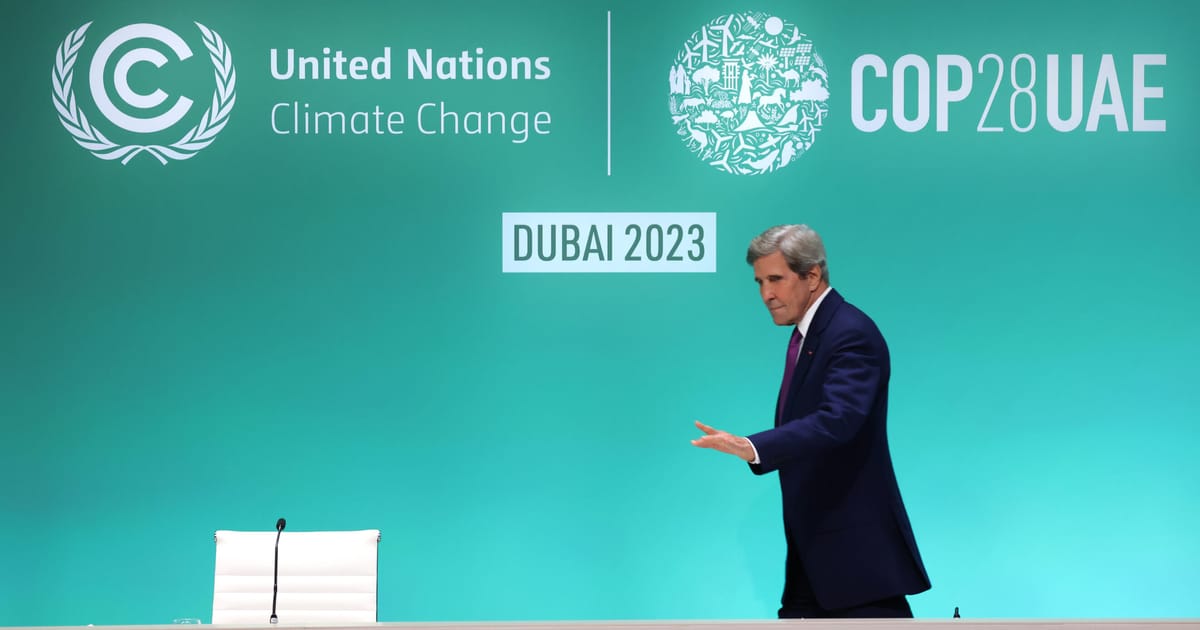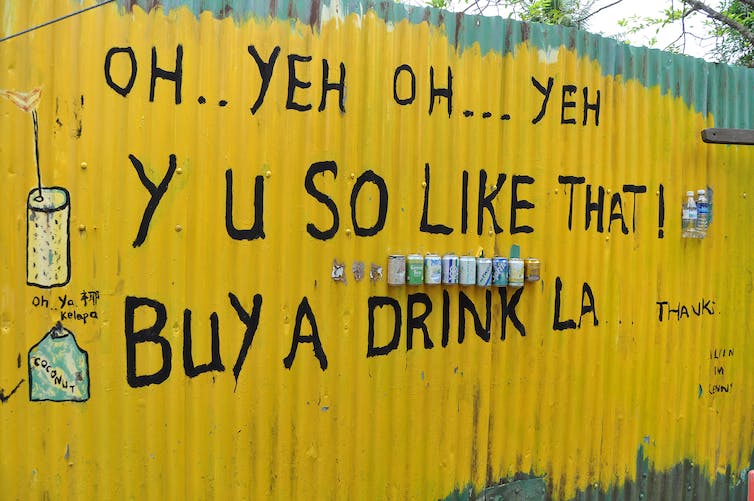Hugh Pope is a Brussels-based writer and was a reporter based in Turkey for three decades. He is the author of several books on the country and the region.
The promise of a “Turkish Century” has been one of President Recep Tayyip Erdoğan’s big slogans ahead of the country’s presidential and parliamentary elections this Sunday. And there’s little doubt as to what he’s competing against: the upcoming centennial of the Republic of Turkey, founded under Mustafa Kemal Atatürk on October 29, 1923.
Since rising to national power in 2002, Erdoğan has certainly proved himself to be the most impactful Turkish leader since Atatürk. He’s held onto power the longest, shown himself to be a skilled politician and presided over the construction of triumphal infrastructure projects, including huge bridges, giant airports, high-speed railways — as well as a 1,100-room palace for himself.
But can this cure him of what some have called “Atatürk envy”? That is, can Erdoğan’s legacy eclipse that of Turkey’s extraordinary liberation hero? And to what extent is that related to Atatürk’s vision of ironclad secularism versus Erdoğan’s longing to re-embrace his nation’s roots in Islam?
These questions will largely be answered by Turkey’s electorate on Sunday, if there is either a clear victory for Erdoğan and his Justice and Development Party, or for a more secular, six-party coalition led by Kemal Kılıçdaroğlu — a former bureaucrat and the leader of the Republican People’s Party, which was founded by Atatürk. And the elected future leader will also win the power to define the tone of what will certainly be huge celebrations for the centennial in five months’ time.
In this upcoming battle of the centuries, while Erdoğan’s grand projects are well known by many — partly because he trumpets them frequently — what is often forgotten is how they compare, in relative terms, to the journey the young Turkish republic made under Atatürk in the decades after 1923.
It would, of course, be hard for anyone to match Atatürk’s early career. As a high-ranking military officer — later a commander in chief — he led with courage and distinction on most of the fronts in which the British, French, Italian, Russian and Greek armies pummeled the Ottoman Empire from 1908 to 1923, ranging from Libya to Gallipoli, eastern Turkey, Palestine and Syria.
Against great odds, Atatürk sealed his heroic reputation on the domestic stage after 1919, personally dreaming up, organizing and leading the resistance to internal and external rivals who were seeking to fracture the country into foreign-dominated pieces, according to the ill-fated Treaty of Sèvres. It was his iron will that forced the great powers to recognize the new Republic of Turkey in the 1923 Treaty of Lausanne, drawing Turkey’s borders — even while disagreeing on some details — and sticking to them.
The first challenge then faced by Atatürk after the republic’s founding was that of a traumatized, impoverished population. Greeks and Armenians who had often made up the majority of Ottoman cities had been forced out of Asia Minor with wars, population exchanges and terrible massacres. And in their place came Turkish Muslims, forced out of their former homes in the lost provinces of the empire.
To reboot the country, Atatürk created a new culture for this new people, especially for those to whom this was a new land. Thus, an empire once ruled by a sultan-caliph became a republic with a nominal electoral system; the Ottoman language was stripped of Arabic and Persian loan words and switched to Latin script; Islam was demoted from the prime source of national identity in favor of an overbearing secularism; and Istanbul’s Byzantine cathedral of Aya Sofya — for centuries an Ottoman mosque — was symbolically turned into a museum.
As Turks learned the urban trades and crafts of the lost Armenian and Greek middle classes, Atatürk also pushed them into the process of industrialization. Progress, however, was slow — partly since history and 1930s fashions prized the heavy hand of the army, state control and national sovereignty — and the country’s main exports remained hazelnuts and dried figs until the 1980s.
As for Europeanization — seen as synonymous with modernization at the time — Atatürk left the early 2000s’ painstaking process of adopting the EU acquis in the dust. In rapid succession, his government adopted close copies of the Swiss family code, the German commercial code, the Italian penal code and the French civil code.
But this break with the past was wrenching and left many who favored Islamic traditions behind. These were often Anatolians — the conservative, pious rural inhabitants of Asia Minor who had not been forced to move — and political currents harnessing their vote began to emerge after 1950, growing more powerful as they flocked to work in cities and backed Erdoğan’s political mentors, and later Erdoğan himself.
It was Turkey’s “opening up,” unleashed by Prime Minister Turgut Özal after 1983, which then laid the basis for many of the country’s real international success stories: Contracting and manufacturing brands that have conquered European markets; the wide regional success of Turkish film, music and television; and the extraordinary rise of Turkish Airlines.
And Erdoğan’s rule was built on the shoulders of all this that came before.
Erdoğan’s background is as an amateur footballer, charismatic politician and an active, effective mayor of Istanbul, and early on, he inherited an EU accession process started by his predecessors, who had also successfully stabilized an economy ravaged by the chaos of the 1990s. He pushed forward with Özal’s efforts to give full respect to religious conservatives and gave even more priority to building relations with Islamic states — particularly those on former Ottoman territory.
Erdoğan’s Turkish Century — announced last year — continues this long-standing, implicit challenge to Atatürk’s imposition of Western ways and a narrow idea of Turkishness. And at home, this fuzzy neo-Ottoman culture has so far featured a museum, built outside the Byzantine walls, celebrating the 1453 conquest of Constantinople with startling realism; the reconsecration of Aya Sofya as a mosque; and a mentality that leans on state employees to attend Friday prayers as communal obligation.
But abrupt changes make it hard to speak of a consistent vision for Erdoğan’s Turkish Century that could match Atatürk’s Kemalist ideology. Authoritarianism is now back in force, economic missteps mean the Turkish lira has dropped to one-tenth of its value from a decade ago and annual inflation is over 43 percent, while internal conflicts fester. The EU accession process has stalled, Muslim neighbors have proven uninterested in a neo-Ottoman older brother and external conflicts simmer.
Meanwhile, Erdoğan’s energies as a leader haven’t focused on clear policy goals either. He both opened talks with insurgents of the Kurdistan Workers’ Party and unleashed the armed forces to try to crush them; he let in 3.5 million Syrian refugees and then created Turkish army-controlled zones along the Syrian border to repatriate them; he supported talks to end the division of Cyprus and then sent warships to threaten gas prospecting ships off the internationally recognized, Greek Cypriot-run south of the island. And there has been no resolution to any of these conflicts.
Not all of this was wholly Erdoğan’s fault though — for instance, the EU is guilty of double standards, misleading promises over visas and grave mistakes over Cyprus. It does, however, mean that 100 years after the last Ottoman sultan fled the capital aboard a British battleship, few imagine that Atatürk’s century will be eclipsed anytime soon.
Winston Churchill, his one-time rival and the British leader behind the failed 1915 attack on Gallipoli, had judged Atatürk to be “the hero, the champion, and the father of modern Turkey.” Meanwhile, the founding leaders of both Azerbaijan and Kazakhstan explicitly cited him as their inspiration. And it is safe to say that for the foreseeable future, it is Atatürk’s image that will remain on every Turkish coin, banknote and office wall.




